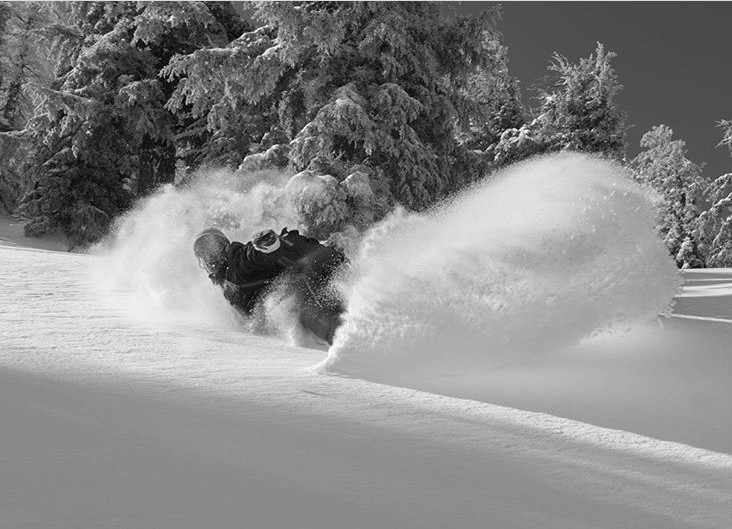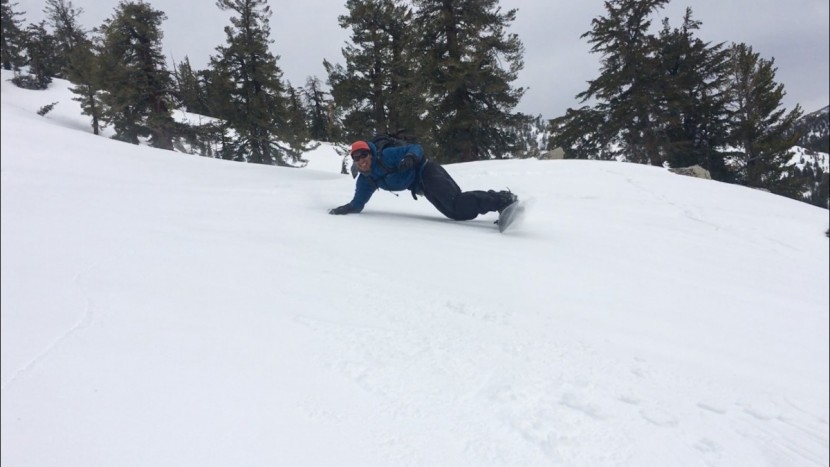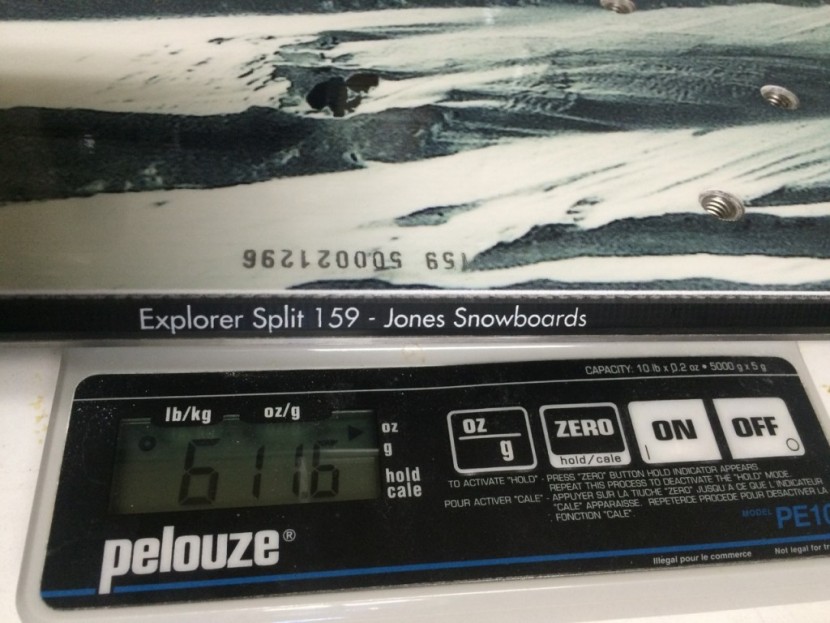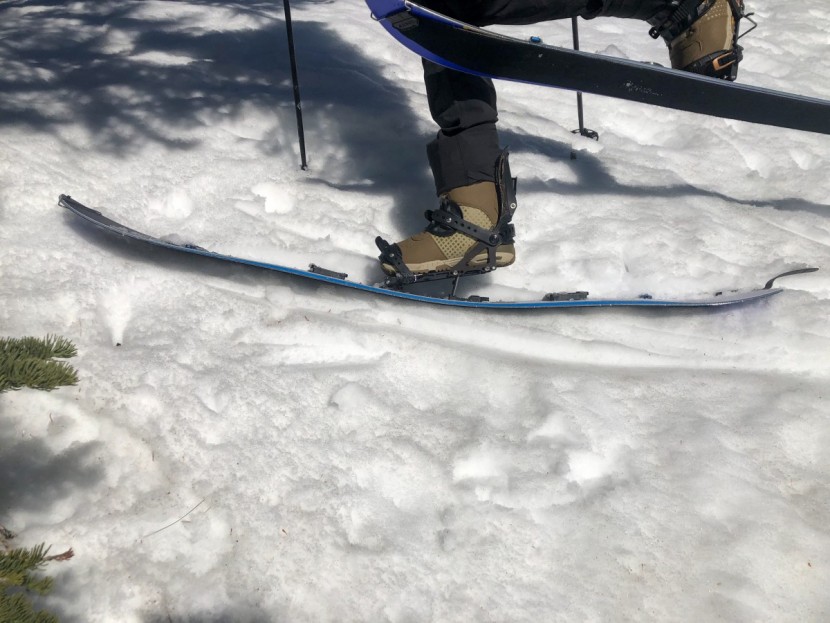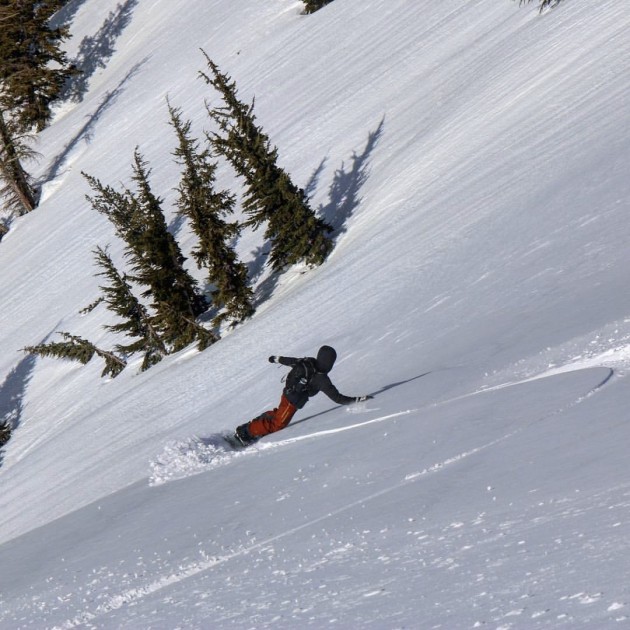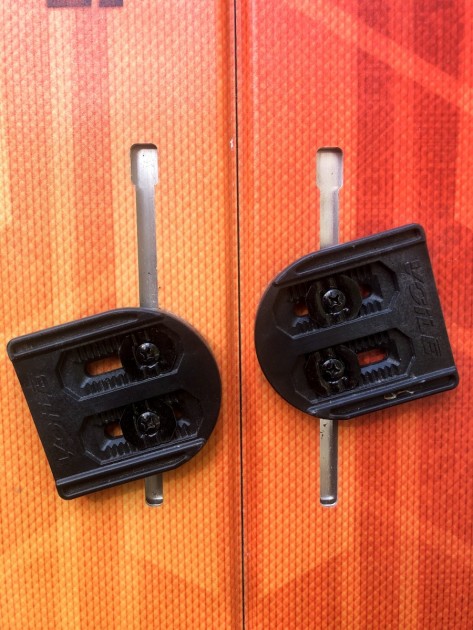The best way we can test splitboards is to actually go splitboarding. Quick dawn patrol missions, yo-yo powder laps, overly optimistic early-season explorations, big wilderness tours, and more than few resort days were all part of our test. We skinned up frozen volcanoes in the North American spring and rode as much soft snow as we could find during the heart of winter in our home base of the Sierra Nevada. We switched between boards regularly to drill down on the distinguishing attributes between them.
Research and Product Origin
We extensively researched the market to identify the best products available. From there, we began a fine-tuned vetting process to sort out the ones who might fall short. After going through our candidates with a fine-tooth comb, only the best products remain. In this elite pool, we believe every product has a shot at an award in our comprehensive and comparative review.
Each board ranked highly in our selection process, and that is a winner in itself. After selecting the boards, we then go and purchase the products ourselves. Yep, we buy the product to eliminate any biases that can be imposed in a review. After the products are in our hands, we begin our testing process. The splitboard review heavily relied on in-field testing. Over time, we were able to sort out the distinctions and performance attributes of boards. The result is our comprehensive review, which outlines lines each board in the metrics of firm snow, powder, climbing, playfulness, and binding adjustability.
The Testing
We splitboarded a lot, whether it was guiding or personally shredding. We took notes on our experience and each board's inherent performance.
Performance in Powder
The best test to evaluate powder flotation is to actually ride powder, and that's what we did. We rode many snow densities, slope angles, and types of terrain to obtain as much subjective data as possible. Often times, this looks like walking up, riding down, and changing boards to walk up again. In addition to the anecdotal data, we measured the surface area of the nose half of the board. The surface area is a critical player in flotation. Our equation for this is as follows: ((Tip Width + Waist width / 2) x length of nose to waist = surface area of the board from nose to waist in cm^2.
Performance in Firm Snow
To test a board's ability in firm snow, we rode anything and everything that wasn't powder. It ranged from perfect corn snow to boilerplate spring melt-freeze crusts. We did our best to collect anecdotal information from our experience to analyze how the board did and assessed security when traversing, carving, and sideslipping.
Climbing
In addition to thoroughly testing all of the models in a wide range of snow conditions, we examined them in the garage and dissected them on a spreadsheet. We weighed every competitor on the same scale. We removed pucks but left on whale clips and hooks. For the channel boards, we left in the slider screws. Weight is tremendously important for equipment that will spend the vast majority of its existence ascending mountains, and yet is rarely listed by manufacturers.
We busted out a calculator and created a weight to surface area chart to fairly compare the splits in our review. We recommend using the weight to surface area measurement to compare weight between splitboards. While not perfect, it is more accurate than just comparing weights since boards often vary in size and shape. It is possible to reproduce this chart to compare boards outside our review. Here is our equation for calculating this value. ((Tip Width + Waist width + tail width) / 3) x length = surface area in cm^2.
(Weight in grams) / (surface area in cm^2) = weight per surface area in g/cm^2.
Playfulness
We assessed this by observing how the board wanted to ride, as well as the butter, and flex. Our testers try to describe the flex and character of the ride, so you know what you're getting yourself into. Every tour, we tried to jump, butter, and rail turn on every model to evaluate the versatility and user-friendliness of each board.
Binding Adjustment
We set up our board and observed how long it took and what steps were required to change the stance, which most often requires time and effort.
We climbed high and surfed the earth to provide you with our findings. Ultimately, most of the metrics have more subjective evaluation than objective; this is just the nature of the category. Purchasing the boards ourselves is the best way to provide non-bias objective findings. We hope our expertise, findings, and reviews can help you find the perfect splitboard.


